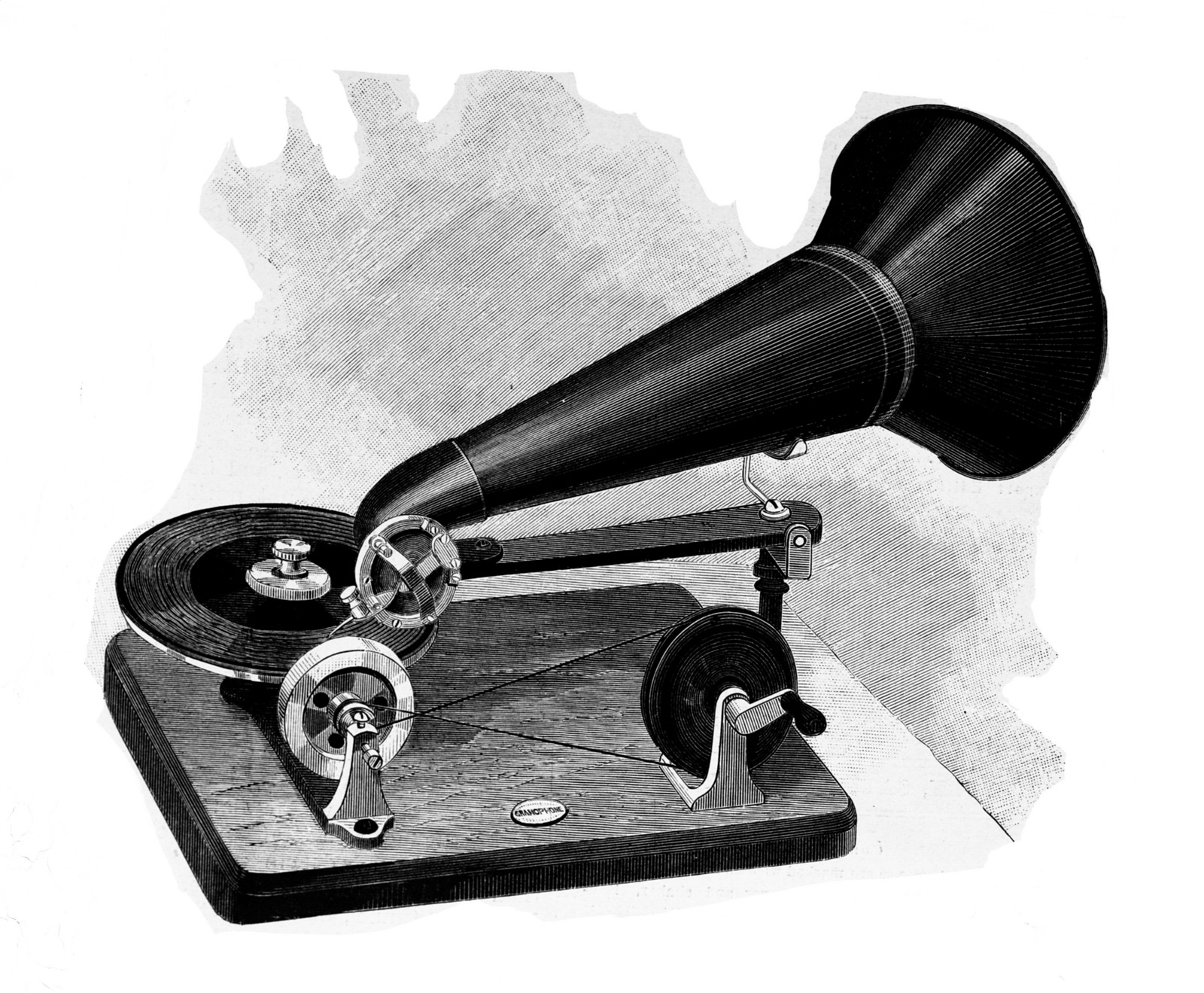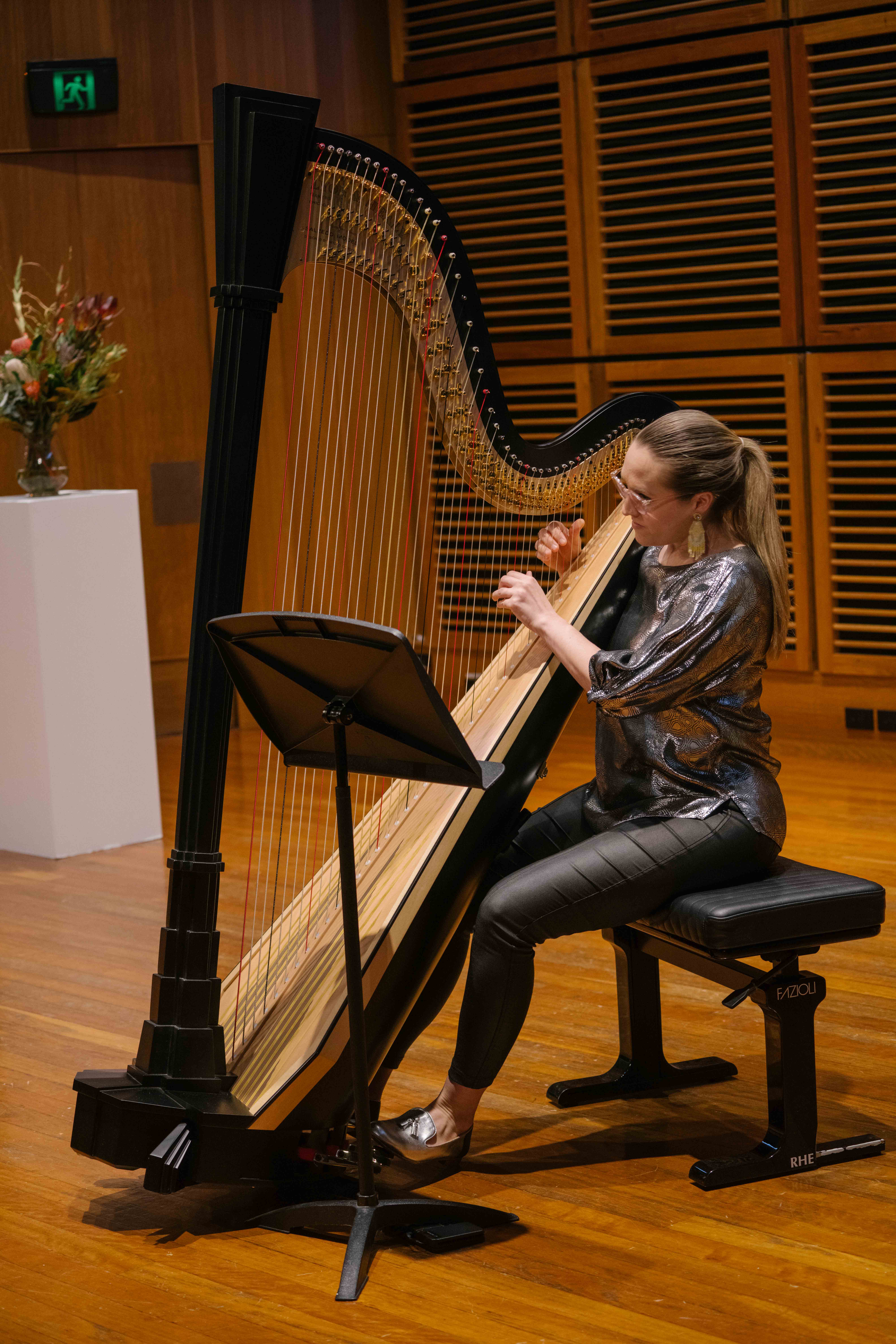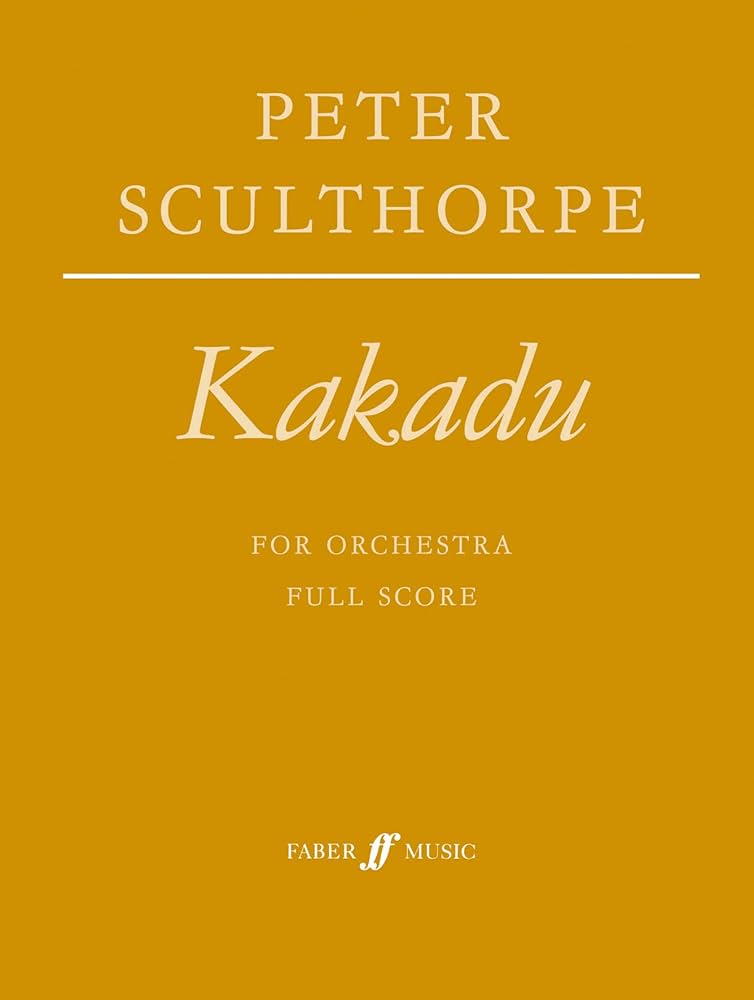Can you hear the music?


Trove provides a range of pathways to uncover Australia’s history. Music is one way to explore our past and opens the door to create new music along the way. As times change, so does the music that we play, make and listen to. Reflecting on our musical history allows us to take a snapshot of a time and place in Australia.
History that doesn’t fall flat

Before the invention of recorded sound, and later radio, listening to live performance and playing music yourself was how people consumed music. By the late 19th century, Australia had a flourishing performing arts scene. International performers were welcomed with fanfare.
Sheet music was how you could play the latest hits at home at an affordable price. Composers and publishers were responsive to current events. Australia had thriving music retailer publishers which sold both instruments and printed music and published the work of Australian and overseas composers.
The National Library’s high notes
The National Library holds one of the largest music collections in the country – over 300,000 printed and manuscript musical scores, many of which can be accessed online through Trove. Its greatest strength rests in its Australian collections. These collections include the working archives of many Australian composers such as Margaret Sutherland, Dulcie Holland, Miriam Hyde, Peter Sculthorpe, Larry Sitsky and Elena Kats-Chernin. More broadly, the Library holds the records of great Australian performers, including soprano Dame Joan Sutherland and conductor Richard Bonynge.
The National Library’s collections also include large company archives and comprehensive holdings of the music used by professional orchestras and performers in Australia, including those used for theatre productions or silent movies. An example of this is the State Theatre Collection which has music for the silent movie Felix the Cat as part of the collection.
A highlight of the Library’s music collection is its printed sheet music holdings. Numbering over 13,000 items, they are usually the length of a single song, and many have decorative cover art. Most of the Library’s sheet music holdings are out of copyright and have been digitised.
Susannah Helman, the Rare Books and Music Curator at the National Library of Australia spoke with us to tell us more about the National Library’s sheet music collection.
‘The sheet music we have really gives an insight into Australian life at any given time. We can learn a lot about tastes, preoccupations, events that were going on, and how times have changed. They are often quite beautiful to look at, uplifting and easy to play,’ says Susannah.
‘Australians were consuming Australian-published as well as imported music. There were strong Australian music publishers and retailers, such as Nicholsons, Alberts, Palings and Allans. What is great about our collections is that we have rich holdings of what Australia was publishing and retailing, and what people were consuming,’ she says.
A highlight of the National Library’s sheet music collection is Australia’s unofficial national anthem Waltzing Matilda. This music was written by Christina MacPherson and later arranged by Marie Cowan, to words by A.B. ‘Banjo’ Paterson. It was first published in the early 20th century. (The Library also holds two of Christina MacPherson’s manuscript music scores of Waltzing Matilda.) Another is the popular Aeroplane Jelly jingle, which was first recorded in 1938 and is one of the most recognisable jingles in Australian history.
Other examples are:
- My thoughts and I’m happy to-day: two Aboriginal spirituals written and composed by Tom Foster.
- Crabby face: schottische composed by Heliac.
- To the gold fields or the song of the emigrant written by Henry Abrahams and composed by W.H. Montgomery.
- Wattle time: song waltz words by Ada Tullidge and music by Elizabeth Blair.
- It’s hot in Brisbane but it's Coolangatta words and music by Claude Carnell.
Most of the National Library’s sheet music collection is scored for voice and piano, but other instruments can be found. Frangipanni: serenade for violin and piano by H. Rosendorff and The ragtime violin by Irving Berlin are composed for the violin and Distant voices by John Lemmoné (composer and Dame Nellie Melba’s accompanist) is for the flute.
Up the scale and explore more sheet music
The Australian Music Centre, one of our Trove Partners, holds an extensive collection of Australian music. The Centre is committed to the representation, advocacy, promotion, and support of and for Australian composers and their music. Support is provided through a range of activities which include providing career support and offering commission opportunities.
We spoke with Librarian Meegan Oliver from the Australian Music Centre about their collection.
‘Our library houses and curates a living collection of scores, audio recordings, research papers, teaching kits, classroom materials and aggregated media. The collection includes more than 30,000 items by approximately 900 Australian musical creators, including over 500 living music creators ranging from those writing orchestral compositions to experimental sound artists creating works using sonic manipulation or non-traditional instruments and electronics to form compositions.’
The establishment of the Australia Council in 1975 resulted in funds being directed towards a music centre and the Australian Music Centre commenced operations. The Centre’s collection has been built from the contributions of musical works by represented artists.
‘We catalogue, on average, 100 new scores each month and consistently document performances, recordings, articles, books and bibliographical materials of represented composers on its website. The majority of our collection is available digitally, complementing archival physical material.’

The Australian Music Centre started as a physical library and in 2007 transitioned to a digital collection. Each new item is assigned a digital library copy which is downloadable as a PDF and scores are watermarked. As of November 2024, 80% of the Centre’s collection is available digitally.
‘We hold an audio library collection of LPs (long-playing vinyl record), CDs and MP3s available to loan or stream. The audio library consists of both commercial and non-commercial recordings of Australian – the largest collection of Australian art music available for loan.’
Much of the Australian Music Centre’s collection is searchable through Trove and to access the Centre’s loan services a membership is required. This includes accessing the digital and physical items. Visit the Australian Music Centre’s website for more information about becoming a member. You can also talk to your local library about options to utilise the inter-library loan service to access some of the Centre’s collection.
Have a look at some musical examples the Australian Music Centre has shared with us. A 30 second preview of the song is available on their website along with a sample piece of the sheet music.
Come sleep poem by John Fletcher and music by P Glanville
Love, death, music and plants music by Matthew Hindson and text by Brian Lipson

Butterflying by Elena Kats-Chernin
Kakadu: for orchestra composed by Peter Sculthorpe
